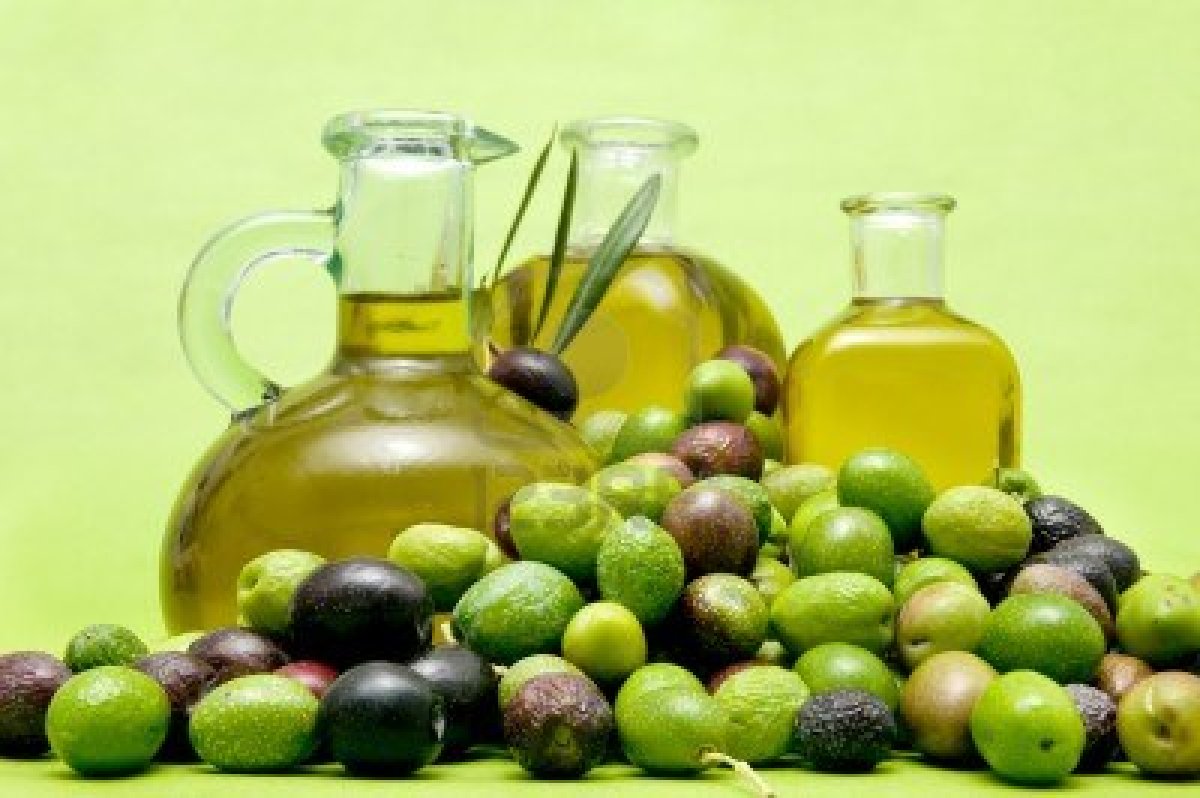History of the Olive tree

By Sabina Idayatova
There is a lovely old story from the Mediterranean that relates that whenever a child was born, an olive tree was planted. The child and the tree grew simultaneously so that as the child developed, the tree would bear fruits, flowers and its bountiful olive products. Families would have generations and generations of olive trees that would represent their family history.
Evergreen olive trees are ancient and one of the only trees that can grow in a rocky and infertile land. Since ancient times, precious olive trees have been cultivated in sub-tropical countries including the Black Sea coast, Crimea, Georgia, Iraq, Spain and in Azerbaijan, which possesses 9 out of the 11 climate zones.
Excavations in Azerbaijan's Absheron, Barda, Aghdam, Aghjabadi, Fizuli and other regions revealed remains of olive trees. Unfortunately, as a result of medieval wars these olive groves were lost.
Currently, a 180-200 year old olive tree is preserved in the Baku’s village of Nardaran. There are about 100 trees in between 80 and 90 years old in the Governor's garden in Baku and six in Ganja city.
In 1939, olive oil farms were established in the capital’s Mashtaga, Zigh, Zira and Turkan villages. In 1965 when the olive industry prospered in the country, people harvested some 220-250 tons of olives per year.
Even if the level of olive production in Azerbaijan has decreased since those times, the government makes measures to liven up olive planting in the country.
Over the past 25-30 years, olives have been widely cultivated in Azerbaijan, with very good results, in particular in the Absheron peninsula. The number of entrepreneurs applying to establishing olive orchards is gradually increasing. Meanwhile, an olive plantation was recently created in the Zigh village of Baku.
In the Absheron region, olive fruit harvesting usually begins in October. Immature fruits are collected for canned food products while ripe fruits are salted.
High quality olive oil produced from full ripe olives is used for medical purpose, in preparation of ointments for the healing of burn wounds and injection drugs eliminating inflammation as well as pain-killer medications.
Besides the Absheron peninsula, new olive orchards are being
grown in Sumgayit, as well as the Guba, Salyan, Goychay, Beylagan
and Yevlakh regions. Recently, a new 200 hectare (495 acres) olive
orchard was planted in the Zira settlement in Baku with seeds
imported from Turkey. At present, some 1556 hectares out of 1868
hectares of olive plantations are fruit-bearing.
Furthermore, thousands of saplings are grown every year at private
olive farms in Hovsan to increase the acreage of olive orchards.
High quality olive oil, a variety of canned food, and pickles are
produced at the farm which is equipped with advanced technological
equipment. The plant's products are in great demand both in
domestic and foreign markets.
Olives are collected in two stages: the immature and fully ripe. One tree gives up to 30 kg of the olive harvest, but the process is very time consuming and requires a lot of skill. Following the proven technology of the ancient Greek, the collection of olives should be carried out only by hand, as they do not endure mechanical injuries.
There are a lot of myths and legends about the olive tree and its origin. The ancient Egyptians believed that the olive tree and its marvelous fruit were gifted to the people by the goddess Isis.
The life expectancy of an olive tree is up to 2000 years.
According to ancient myths both the olive and the dove are known as
symbols of peace. The Greeks recognize the olive as a wisdom tree.
The Quran also considers the olive tree holy.
Olives are not grown away from the sea and without the impact of
mitigating climate. There are about 20 species of olive. Some 70
percent in the fruit's pulp and 25-30% in the seeds contain fatty
high quality oil. Its chemical and physical properties depend on
complex factors: soil and climatic conditions of the year,
agricultural activities and so on.
Ripe olives strengthen the stomach, teeth, palate, help the
digestive system and increase appetite. However, eating too many
pickled olives leads to insomnia and weight loss.
Water from boiled olive leaves reduces temperature and lowers
blood pressure. Olive oil is widely used in home remedies for
gallstones, kidney and hepatic liver, and muscle aches. Olive gum
extracted from old olive trees is a rare cure for memory and dry
cough.
Doctors recommend to regularly eat several olives before a meal and
consume salads prepared with olive oil. Besides its nutritional and
medical contribution, olive oil is also used for cosmetic purposes
and to make soap. The antioxidants and vitamin E in the fruit
prevent skin from premature aging.
The composition of the oil which is rich in A, E, D and K vitamins strengthens bone tissues, muscles, intestinal walls, as well as prevent the aging process and obesity.
Here we are to serve you with news right now. It does not cost much, but worth your attention.
Choose to support open, independent, quality journalism and subscribe on a monthly basis.
By subscribing to our online newspaper, you can have full digital access to all news, analysis, and much more.
You can also follow AzerNEWS on Twitter @AzerNewsAz or Facebook @AzerNewsNewspaper
Thank you!
